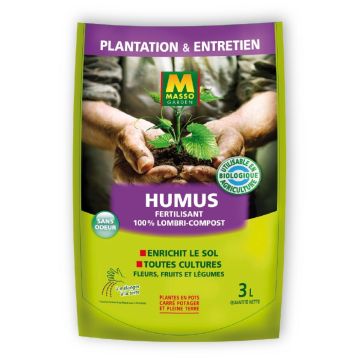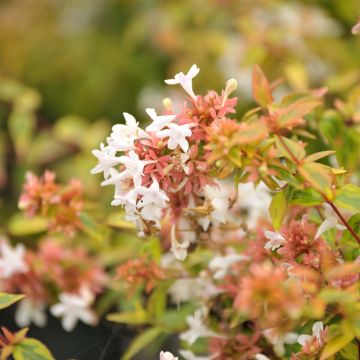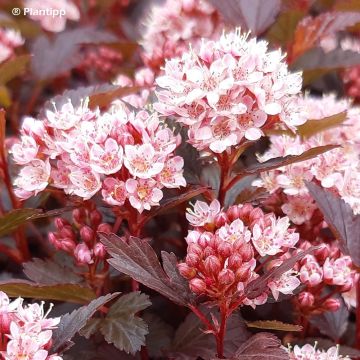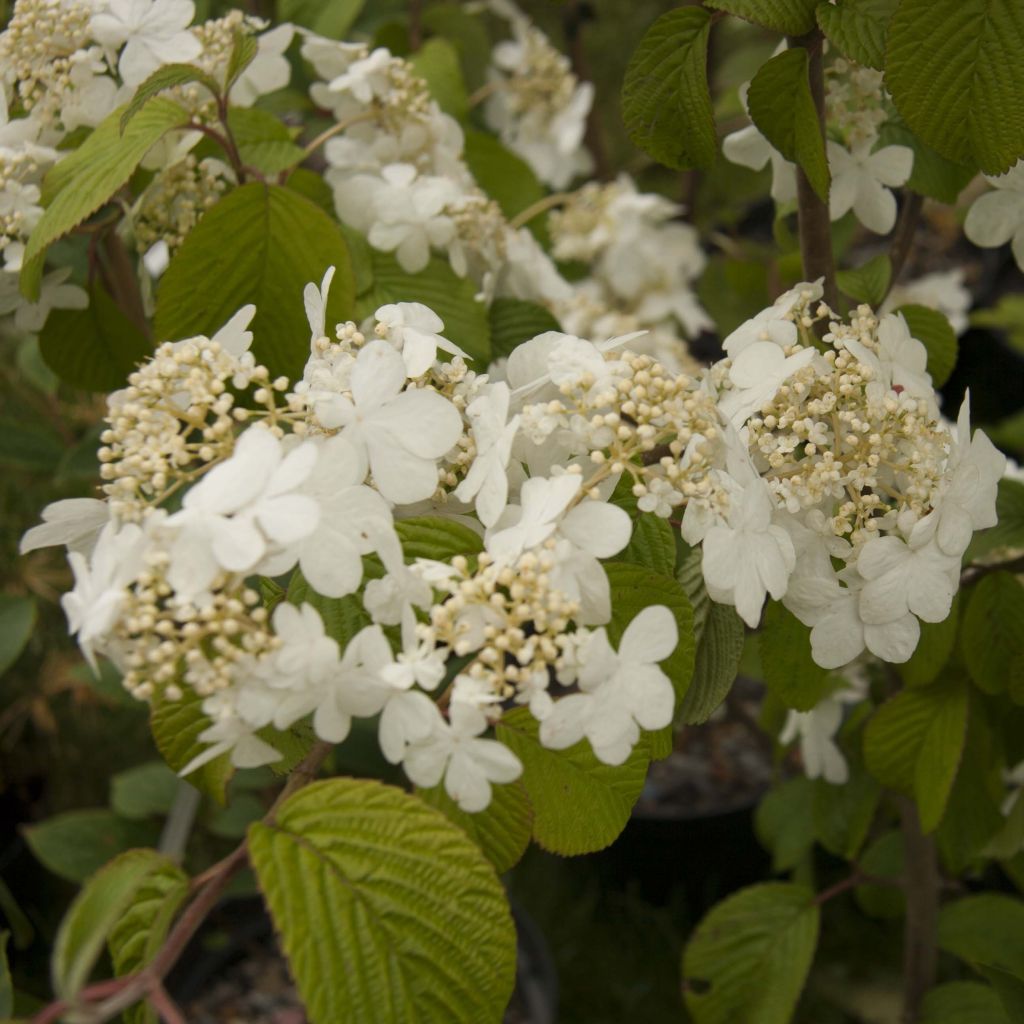

Viburnum plicatum Shasta
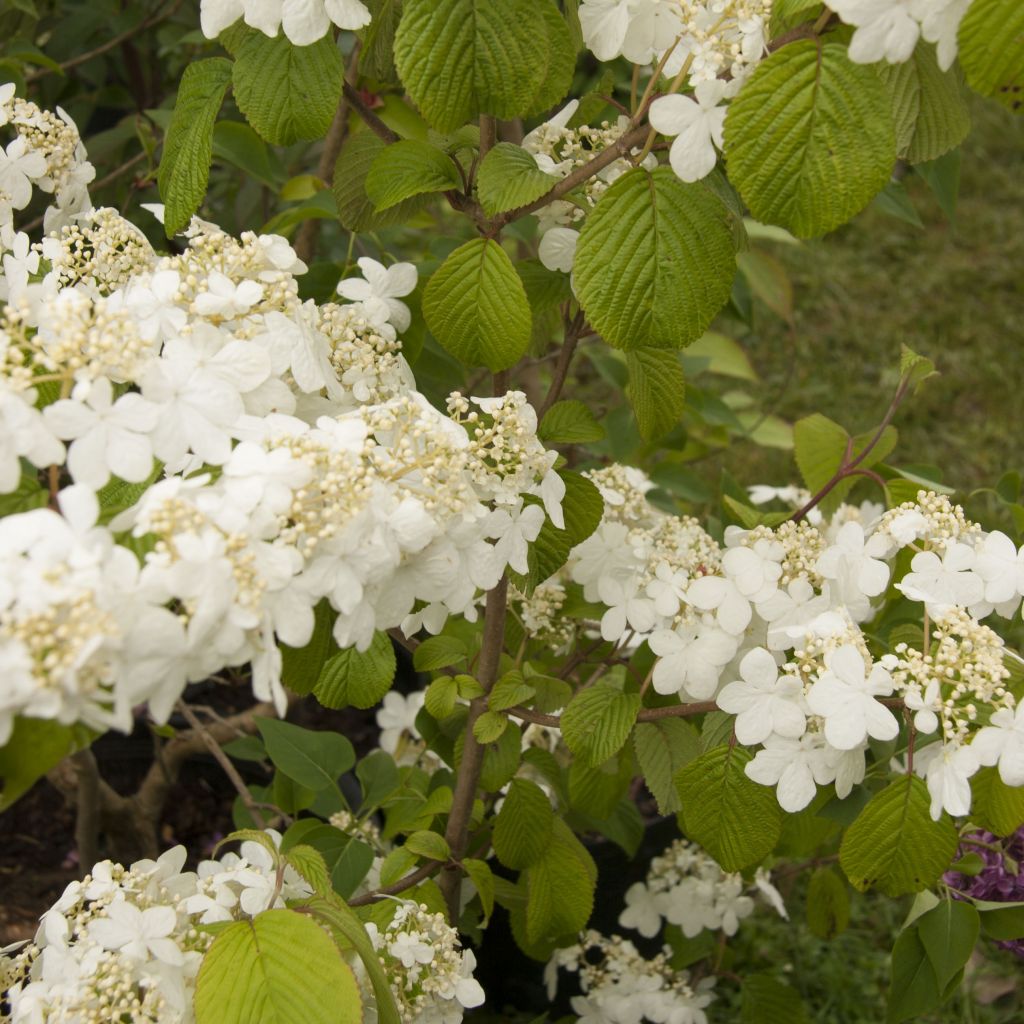

Viburnum plicatum Shasta


Viburnum plicatum Shasta
Viburnum plicatum Shasta
Viburnum plicatum mariesii Shasta
Viburno
Operazione speciale!
Ricevi un buono acquisto di 20 € per ogni ordine superiore a 90 € (escluse spese di spedizione, buoni e opzione senza plastica)!
1- Aggiungi le tue piante preferite al carrello.
2- Una volta raggiunti i 90 €, conferma l'ordine (puoi anche scegliere la data di consegna!).
3- Non appena il tuo ordine sarà spedito, riceverai un'e-mail contenente il codice del tuo buono acquisto, valido per 3 mesi (90 giorni).
Il tuo buono è unico e utilizzabile una sola volta, per qualsiasi ordine di importo minimo di 20 €, escluse le spese di spedizione.
Cumulabile con altre offerte in corso, non divisibile e non rimborsabile.
Consegna a domicilio o a staffetta (a seconda delle dimensioni e della destinazione)
Programmare la data di consegna,
e scegliere la data nel carrello
24 mesi garanzia di permuta su questa pianta
Altre informazioni
Garantiamo la qualità delle nostre piante per un intero ciclo di crescita e sostituiremo a nostre spese qualsiasi pianta che non si riprenda nelle normali condizioni climatiche e di impianto.

Questa pianta è adatta al mio giardino?
Creo il mio profilo Plantfit →
Descrizione del prodotto
Viburnum plicatum 'Shasta' is a variety of Chinese viorne with a low and particularly spreading habit, much wider than it is tall, remarkably tiered. It is unique when it blooms : its corymbs of large white flowers open en masse and in double rows along the branches, as if the shrub were weighed down with snow in the middle of June. The deciduous and satiny foliage takes on very beautiful purplish colors in autumn. This viorne, with its hydrangea-like appearance, outshines them with its flowering and prefers sunny exposures. It will thrive in a soil that is fresh and low in limestone.
The Chinese viorne is a deciduous shrub of the Adoxaceae family (formerly classified in the Caprifoliaceae family), native to China and Japan. 'Shasta' is an old horticultural selection introduced in 1979 by the American National Arboretum. This variety stands out from the type by its very accentuated, spreading habit, and its less significant growth. With a horizontal branching, the plant presents a silhouette that is both structured and light, making it attractive all year round, even in winter. At maturity, it will reach about 1.5 m in height by 2.5 m in width, with a rather slow growth. Flowering occurs in May and continues until June. The inflorescences in flattened cymes, 15 cm wide, develop in large numbers and in two rows on the top of the branches. They consist of a peripheral crown of large sterile flowers, well developed, with white elliptical tepals, surrounding small fertile flowers in the shape of beige buds and then white-greenish. The pollinated fertile flowers turn into small red and then black berries at maturity, clustered in generous bunches. The deciduous leaves measure 5 to 8 cm in length, are oval in shape, tapered, strongly veined, with regularly serrated edges. They somewhat resemble those of the hazelnut trees. Their fairly dark green colour is satiny on the upper side, with the underside being more pubescent. The foliage takes on sumptuous colours in autumn
This particularly ornamental shrub deserves a special place in a small garden or at the centre of a mixed border that will highlight summer and autumn blooms, beautiful fruiting, and graphic foliage to not overshadow its beauty. It will be appreciated even in winter, due to its regularly tiered, beautifully stylised branching, with a slightly Japanese appearance. Plant this Viburnum 'Shasta' with other flowering shrubs, such as a sacred bambou, a 'Black Lace' elderberry, a Clerodendrum trichotomum, a Fothergilla, a Berberis thunbergii 'Atropurpurea' whose purple foliage will enhance its pinkish inflorescences and red fruits. It can also be associated with compact photinias, elaeagnus, camellias, pieris, or hydrangeas in non-calcareous soil, the choice is vast. It also deserves to be placed in isolation in a small garden or at the centre of a massif of low perennials and grasses, due to its beautiful presence in winter.
Segnala un errore nella descrizione del prodotto
Viburnum plicatum Shasta in foto...






Porto
Fioritura
Fogliame
Botanici
Viburnum
plicatum mariesii
Shasta
Caprifoliaceae (Adoxaceae)
Viburno
Orticola
Viburnum - Viburno: Altre varietà
Vedi tutti →Piantagione e cura
Viburnum plicatum 'Shasta' is grown in full sun or partial shade. Place it from November to May, frost-free, in any type of soil without too much limestone and not too dry, preferably moist and humus-rich. This easy-to-grow shrub has the advantage of requiring little maintenance. The viburnum is often attacked by aphids without great danger. After flowering, you can prune the shrub. Prune sparingly to maintain the naturally tabular shape. Remove branches that compromise the plant's symmetry.
Quando piantare?
Per quale località?
Trattamenti
Questo articolo non è ancora stato recensito; sii il primo a condividere la tua esperienza.
Articoli simili
Non hai trovato quello che cercavi?
La rusticità è la temperatura invernale più bassa che una pianta può sopportare senza subire gravi danni o addirittura morire. Tuttavia, la rusticità è influenzata dalla posizione (zona riparata, come un patio), dalla protezione (copertura invernale) e dal tipo di terreno (la rusticità è migliorata da un terreno ben drenato).

Condizioni generali di utilizzo del servizio fotografico per clienti
Al fine di favorire l'interazione e la condivisione di esperienze tra giardinieri, Promesse de fleurs offre diversi servizi che consentono di caricare contenuti sul proprio Sito, in particolare attraverso il modulo "Condivisione foto".
L'Utente si impegna a non:
- Pubblicare contenuti illegali, pregiudizievoli, ingiuriosi, razzisti, che incitano all'odio, revisionisti, contrari alla pubblica decenza, che violano la privacy o i diritti privati di terzi, in particolare il diritto all'immagine delle persone e dei beni, i diritti di proprietà intellettuale o il diritto alla privacy.
- Pubblicare contenuti per conto di terzi.
- Impersonare un terzo e/o pubblicare informazioni personali su un terzo.
In generale, l'Utente si impegna ad astenersi da qualsiasi comportamento non etico.
Tutti i Contenuti (in particolare testi, commenti, file, immagini, foto, video, opere, ecc.), che possono essere oggetto di diritti di proprietà, diritti di proprietà intellettuale, diritti di immagine o altri diritti privati, restano di proprietà dell'Utente, fatti salvi i diritti limitati concessi dalla licenza definita di seguito a Promesse de fleurs. Gli Utenti sono liberi di pubblicare o meno tali Contenuti sul Sito, in particolare tramite il servizio "Condivisione foto", e accettano che tali Contenuti diventino pubblici e liberamente accessibili, in particolare su Internet.
Essi riconoscono, si impegnano e garantiscono di disporre di tutti i diritti e le autorizzazioni necessarie per tale pubblicazione sul Sito, in particolare per quanto riguarda la legislazione in vigore e i diritti di privacy, di proprietà, di proprietà intellettuale, di immagine, contrattuali o di qualsiasi altra natura. Pubblicando tali Contenuti sul Sito, l'Utente è consapevole di assumersi la responsabilità di editore dei Contenuti ai sensi di legge e concede a Promesse de fleurs una licenza non esclusiva, gratuita e mondiale per tali Contenuti, per tutta la durata della loro pubblicazione, compresi i diritti di riproduzione, rappresentazione, caricamento, visualizzazione, esecuzione, trasmissione e archiviazione.
Gli Utenti autorizzano inoltre l'associazione del loro nome al Contenuto e accettano che tale associazione non sia sempre possibile.
Con la loro pubblicazione, gli Utenti autorizzano i Contenuti a diventare automaticamente accessibili su Internet, in particolare su altri siti e/o blog e/o pagine web del sito Promesse de fleurs, comprese in particolare le pagine dei social network e il catalogo Promesse de fleurs.
Gli Utenti possono liberamente ottenere la restituzione dei Contenuti affidati contattando il servizio clienti tramite il modulo di contatto.
I periodi di semina indicati sul nostro sito web si riferiscono a Paesi e regioni all'interno della Zona USDA 8 (Francia, Regno Unito, Irlanda, Paesi Bassi).
Nelle zone più fredde (Scandinavia, Polonia, Austria...), ritardare le semine all'aperto di 3-4 settimane o seminare sotto vetro.
Nei climi più caldi (Italia, Spagna, Grecia, ecc.), anticipare la semina all'aperto di qualche settimana.
Il periodo di raccolta indicato sul nostro sito web si riferisce ai Paesi e alle regioni della zona USDA 8 (Francia, Inghilterra, Irlanda, Paesi Bassi).
Nelle zone più fredde (Scandinavia, Polonia, Austria...) la raccolta di frutta e verdura potrebbe essere ritardata di 3-4 settimane.
Nelle zone più calde (Italia, Spagna, Grecia, ecc.), la raccolta avverrà probabilmente prima, a seconda delle condizioni meteorologiche.
Il periodo di semina indicato sul nostro sito web si riferisce a Paesi e regioni situati nella zona USDA 8 (Francia, Regno Unito, Irlanda, Paesi Bassi).
Varia a seconda del luogo di residenza:
- Nelle zone mediterranee (Marsiglia, Madrid, Milano, ecc.), l'autunno e l'inverno sono i periodi migliori per la semina.
- Nelle zone continentali (Strasburgo, Monaco, Vienna, ecc.), ritardare la semina di 2 o 3 settimane in primavera e anticiparla di 2 o 4 settimane in autunno.
- Nelle regioni montuose (Alpi, Pirenei, Carpazi, ecc.), è meglio piantare in tarda primavera (maggio -giugno) o in tarda estate (agosto-settembre).
Nei climi temperati, la potatura degli arbusti a fioritura primaverile (forsizia, spiree, ecc.) deve essere effettuata subito dopo la fioritura.
La potatura degli arbusti a fioritura estiva (lillà indiano, perovskia, ecc.) può essere effettuata in inverno o in primavera.
Nelle regioni fredde e con piante sensibili al gelo, evitate di potare troppo presto quando possono ancora verificarsi forti gelate.
Il periodo di fioritura indicato sul nostro sito web si riferisce a paesi e regioni situati nella zona USDA 8 (Francia, Regno Unito, Irlanda, Paesi Bassi, ecc.).
Varia a seconda della zona di residenza
- Nelle zone da 9 a 10 (Italia, Spagna, Grecia, ecc.), la fioritura avverrà da 2 a 4 settimane prima.
- Nelle zone da 6 a 7 (Germania, Polonia, Slovenia e regioni montuose inferiori), la fioritura sarà ritardata di 2 o 3 settimane.
- Nella zona 5 (Europa centrale, Scandinavia), la fioritura è ritardata di 3-5 settimane.









































